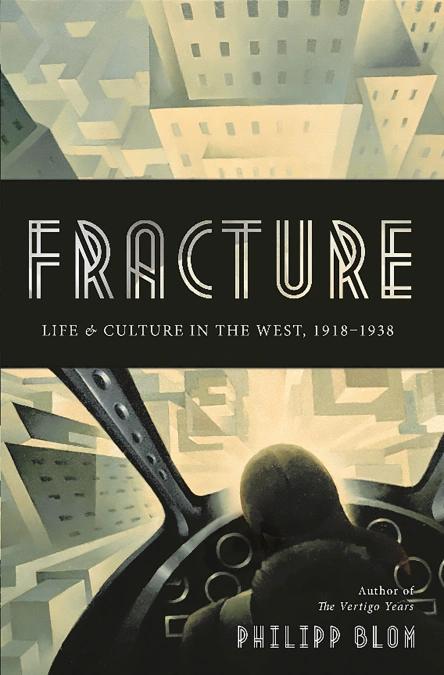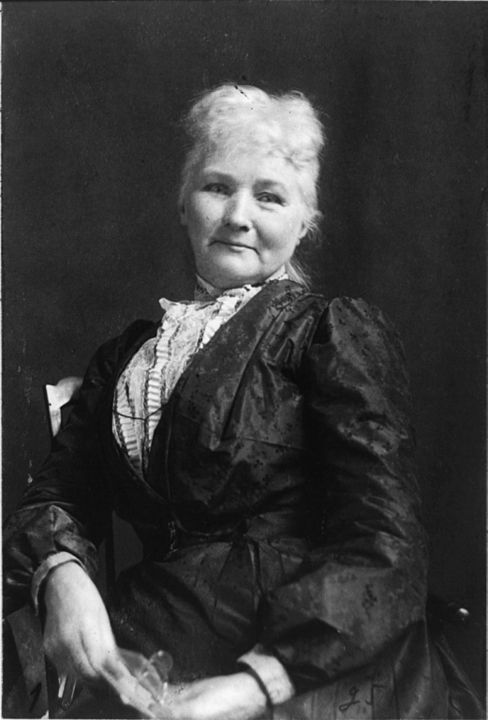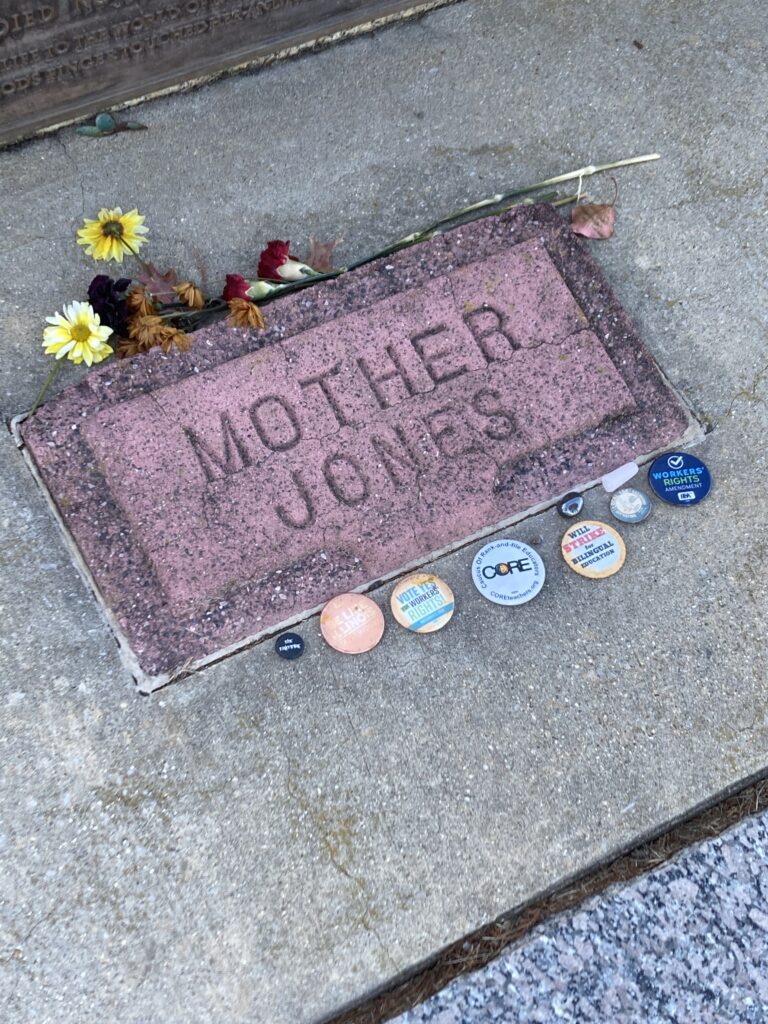From the Archives: Road Trip Through History, Nuremberg, Pt. 2, Nazis
I have a whole list of future blog posts to share with you, but today my head is in 1933. Hitler has just become chancellor and things are getting ready to get bad fast. As part of my work on this chapter, I pulled out my notebook from our 2019 trip to Nuremberg--which feels like it happened a lifetime ago. I wanted to review my notes from Nuremberg's amazing tough-minded museum about the rise of the Nazis. From notebook to blog post was one quick step into the past. I thought some of you might find it interesting as well.
Here we go:
 One of the most impressive things about Nuremberg is the way the city looks directly at its Nazi past, and encourages visitors to do the same. Nowhere is that more evident than in two major museums: the Documentation Center-Nazi Party Rally Grounds and the Nuremberg Trial Memorial.
One of the most impressive things about Nuremberg is the way the city looks directly at its Nazi past, and encourages visitors to do the same. Nowhere is that more evident than in two major museums: the Documentation Center-Nazi Party Rally Grounds and the Nuremberg Trial Memorial.
The Documentation Center, generally called the Doku-Centrum by the locals, is built in to the single remaining major building on the Nazi Party Rally grounds: a labyrinthine concrete addition set on top of the uncompleted Congress Hall that is appropriately oppressive in style. The main exhibit, titled “Fascination and Terror” tells the story of the rise and fall of Nazi Germany from the Weimar Republic through the trials, with an emphasis on the party rallies held in Nuremberg and its symbolic role for the Nazis. (And consequently the city’s symbolic role for the trials.)
The Nuremberg Trial Memorial is located on the top floor of the Nuremberg Palace of Justice, which is a working courthouse. In fact, Courtroom 600, where the trials took place, is still a working courtroom—a fact that I found deeply moving, for reasons that I cannot articulate. (Perhaps simply because it means the room is not always open to visitors, and sitting in that room felt important.) The exhibit attempts to provide an objective account of the trial, complete with a discussion of the legal foundation for war crimes, explanations of the charges against the various men accused of war crimes, and biographies of the judges and prosecutors. (I found the amount of detail overwhelming at times, perhaps because we came directly from the Doku-Centrum.) The exhibit also looked at media coverage of the trials.
I won’t even try to give you a detailed overview of the museums, but these were a few of the things that stuck with me after the fact:
- The depth of the problems in the Weimar Republic even before the Great Depression hit in 1929: political chaos as two very different groups struggled for control, an enormous public debt, monetary depreciation, attempted political assassination and armed groups in the streets. The Weimar Republic was more than cabaret and the Bauhaus.
- I had not realized how quickly the Nazis destroyed all the organizations and institutions that supported social pluralism or democracy. It only took a year.
- The Nazis deliberated used the Nuremberg’s history as a as a free imperial city and the site of the Diet in the Holy Roman Empire to support their claim that the Third Reich was completing German history. The buildings on the parade and rally grounds were designed to evoke both the Roman Empire and the Holy Roman Empire. In fact, the main road into the parade grounds pointed straight to Nuremberg’s castle, creating a visual link between the Third Reich and the Holy Roman Empire.
- The Nuremberg Trials did not deal with crimes against Germans by Germans. I had no idea.
- From the start, the allies recognized the importance of the media covering the trials. The United States Information Service created extensive support services for journalists, including offices, broadcast studios, and living accommodations. Of the 235 seats in the press gallery, seven were reserved for members of the independent German press, which was just beginning to re-establish itself after being effectively dismantled by the Nazis.
- Similar trials were staged in Tokyo. Again, I had no idea.
My Own True Love and I visited the two museums back-to-back in one day. I’m still torn as to whether that was a good choice. On the one hand, it squeezed all the pain into a single day and left us free to concentrate on other, more enjoyable things for the rest of the trip: gingerbread, medieval trade routes and artisans, pencils, and New Year’s Eve. On the other hand, we had to rush through the end of the Nuremberg Trial Memorial. And it made for a very long, very grim day that left me with a headache and the desire to wash away the images with a long shower and a strong drink. My final judgement: it wasn’t fun but it was important to do.
_____________________________________________________
Travel Tips
1. We were lazy and took a cab, but the Doku-Centrum is easy to reach by public transportation.
2. The Doku-Centrum has a surprisingly good cafe. And a good thing, too, since it is in the middle of nothing in particular.
3. Use the audio tour. Even if you read German well, the audio tour includes layers of information that isn’t on the signs.
In which I pull another long-unread book off the To-Be-Read shelf:
There was a time when I felt guilty about the number of unread books sitting on my shelves. They come in faster than I can read them.*
I don’t feel guilty anymore. More than once over the course of writing this book, I’ve found exactly the book I need sitting on my shelves waiting its turn. Books that I might not have known to look for out in the world. Most recently, that book was Fracture: Life and Culture in the West, 1918-1939 by German historian Philipp Blom.
Blom looks at each of the twenty-one years (which, as he reminds us in his introduction, adds up to a mere 1,567 days) from 1918 through 1938 in a separate chapter . He splits them into two parts: Postwar (1918 through 1928) and Prewar (1929 through 1938). But he does not give the reader a step-by-step narrative of the interwar years.*** Instead his structure reflects the, ahem, fractured world between the wars. He looks at
“perceptions, fears, and wishes, ways of dealing with the trauma of the war, with the energies released by industrialization, with the confusing and exhilarating identies that became possible in an industrial mass society, especially once the old values had been shattered.”
Moving from spot to spot in the Western world, he begins with jazz and works his way through the republic of Fiume, speakeasies, Charlie Chaplin, the Harlem Renaissance, the Scopes trial, Marlene Dietrich, Soviet Russia’s Five-Year Plans, and various iterations of the superman. The result is a kaleidoscopic and brilliant picture of a world that was shadowed by the war that had not quite ended and another that everyone believed was soon to come.
Fracture has become a touchstone for me as I write this book.
Who knows what I’ll find on the To-Be-Read shelves next?
*I am not attempting to downplay my responsibility here.I definitely buy books faster than I can read them. And I pick them up from the various Little Free Libraries I cross on my daily wanderings** But I also receive books from publicists for me to consider for review. (Not as often as I used to, because I don’t think it is fair to accept books for review in my current state of overwhelm.) But there is still a slow trickle. And even a slow trickle can eventually cause a flood.
**My rule in that case is that I must deposit one book for each book I take. This requires keeping track of which libraries I owe books to and which ones I am apt to pass on any given trip out the door. (Now that I think about it, I should just carry a book with me whenever I set out and donate one whether I've taken one or not. No record keeping involved!)
***A model I am trying to keep in mind as I struggle my way through those same years. It is all too easy to chronicle the rise of the Nazis instead of telling how Sigrid Schultz reported on the rise of the Nazis. It is a subtle difference perhaps,**** but an important one. Moreover, it is a difference that it is easy to lose track of. I write IT'S ABOUT SIGRID NOT ABOUT HITLER at the top of every Scrivener document in the draft,***** and still I wander off into the wrong story over and over.
****Or maybe not so subtle
*****I try to remember to delete it before I give a chapter to my first reader, also known as My Own True Love. He is very clear about this and doesn’t need the reminder.
Road Trip Through History: The Mother Jones Monument
Driving from Chicago to the Missouri Ozarks and back over the last mumble years,(1) I have passed the sign for the Mother Jones monument many, many times. It is a plain, almost amateurish, sign, without the official imprimatur(2) of a brown tourist attraction sign(3) or the flash of billboard advertising a show in Branson. Nothing about it is designed to lure a curious history bugg off the highway. And up to now, we have not been lured.
That changed this year, thanks to an information panel in an Illinois highway rest stop.(4) My Own True Love and I were hooked.
I had been vaguely aware that Mother Jones was a union organizer, but I had no idea how important she was at her time.
Mother Jones was in some ways the Grandma Moses of union organizers: in fact, when she was testifying before a committee in the Senate on labor issues, a senator mocked her as the “grandmother of all agitators.” (She replied that she would someday like to be called the “great-grandmother of all agitators.”) At the point that she began her career as a union organizers, Mary Harris Jones was a poor, widowed, Irish immigrant. She had had survived the potato famine, the loss of her husband an four children in a yellow fever epidemic, and the Chicago fire,which destroyed her successful dressmaking shop.
After each loss, she reinvented herself. In the 1890s, she reinvented herself one more time, as “Mother Jones.” The name was subversive: playing against and with nineteenth century domestic stereotypes of women. Mary Jones cast herself as the mother of oppressed people everywhere. At a time when women were “supposed” to be quiet and stay home,(5) Mother Jones was a street orator with no fixed address, who traveled the United States for twenty-five years, moving from cause to cause. She had no interest in being “ladylike.” As she told a group of women in New York: “Never mind in you are not lady-like, you are woman-like. God Almighty made the woman and the Rockefeller gang of thieves made the ladies.”
Jones rose to prominence as an organizer for the United Mine workers, who paid her a stipend, but she went wherever she felt she was needed. She worked with striking garment workers in Chicago, bottle washers in Milwaukee breweries, Pittsburgh steelworkers, and El Paso streetcar operators, helping them fight against 12-hour days, low wages, dangerous working conditions, and the financial servitude of company housing and the company store.
Her motto was “Pray for the dead, and fight like hell for the living”—the world would be a better place if we all adopted it as our own.
****
When we got to the monument in Mt. Olive, Illinois, we learned there is a second part to the story. Illinois became a battleground for labor rights in 1898, when the Chicago Virden Coal Company challenged the miners’ contract. They brought in a train loaded with strikebreakers and armed guards to back them Miners from across the state joined together to stand their ground against the company. In the violent encounter that became known as the Battle of Virden or the Virden Massacre, thirteen people were killed, including six guards and seven miners. Thirty miners were wounded. Mother Jones considered the battle the birthplace of rank-and-file unionism.
A Mt Olive church refused to allow the miners to be buried in their churchyard, fearing their graves would become a pilgrimage site for the labor movement. (This is what as is known as a self-fulfilling prophecy.) In response, the United Mine Workers built the Union Miners Cemetery in Mt. Olive, which in fact became a pilgrimage site after Mother Jones, at her request, was buried there in 1930. Personally, the union buttons that had been left at the foot of the monument choked me up.)
(1) And by years, I mean decades
(2)Is there such a thing as an unofficial imprimatur?
(3) I went down a small rabbit hole trying to discover who approves such signs. I didn’t get an answer, but I did learn that the signs originated in France.
(4) We’re seeing more and more historical markers at highway rest stops, and I for one would like to say “bravo!” Not only because I love a historical marker, but because it encourages the curious to spend more time at the rest stop. After all, the point of the stop is not just to use the restroom, but to stretch the legs, rest the eyes, and fluff the brain, thereby making the next stretch of driving a little safer.
(5) Or so the popular account of history tells us. If I have learned anything in writing this blog, it is that the ideal of the “angel of the household” applied only to members of the relatively prosperous middle-class and that even within that class many women didn’t fit that mold for many reasons. Just yesterday a friend sent me the story of the team of “gentlewomen who had experienced reverses” who created the restaurants in Marshall Field’s in downtown Chicago. A very different story than that of Mother Jones, but one that also stands outside what we are taught was the nineteenth century norm.








